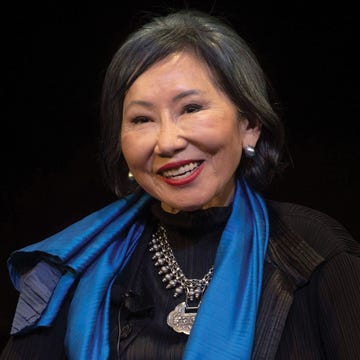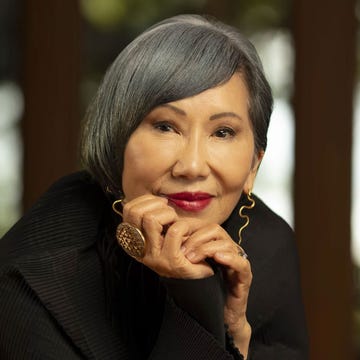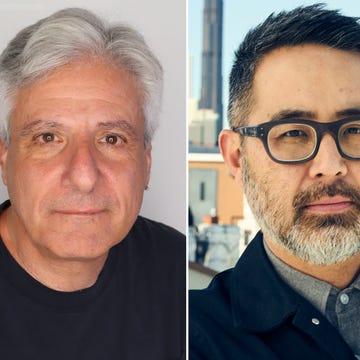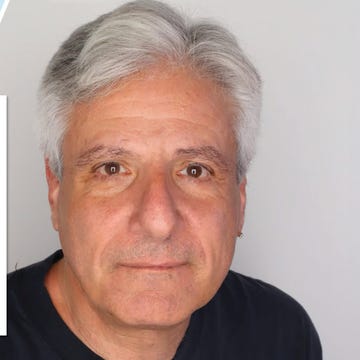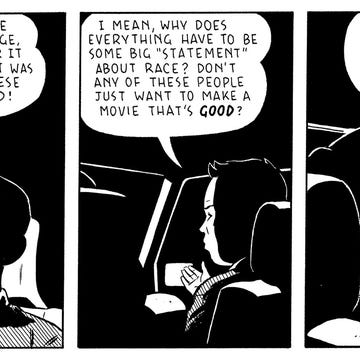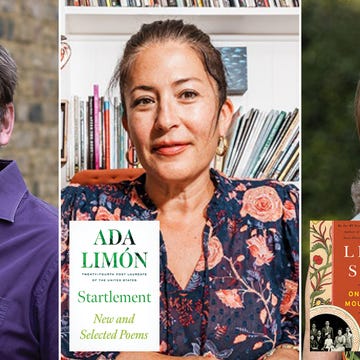Illness is the night-side of life, a more onerous citizenship,” Susan Sontag wrote in her influential, critical work Illness As Metaphor. “Everyone who is born holds dual citizenship, in the kingdom of the well and in the kingdom of the sick. Although we all prefer to use only the good passport, sooner or later each of us is obliged, at least for a spell, to identify ourselves as citizens of that other place.”
Though it’s perhaps less apparent now, Illness As Metaphor was an act of rescue. Writing the book, Sontag, who had been suffering from cancer, turned her great mind to the task of peeling herself away from her illness. To do so, she had to unstick all the associations we overlay on a disease like cancer.
I often find myself wishing Sontag had lived long enough to witness the enormous changes to the planet that were already well underway in her lifetime. The ones that are now as vivid as a lightning strike. For if there’s another living body that needs to be unwound from the metaphors we use about it, surely it’s the planet.
For centuries, Western attitudes have positioned the natural as a destination, as a backdrop—often with beautification—a God-given inheritance, or a wrathful or unpredictable feral force. What happens, though, if you simply describe what lives around you and remember the ways it has been lived with for millennia?
The answer is Manjula Martin’s debut memoir, The Last Fire Season: A Personal and Pyronatural History, which is a chronicle of her experience evacuating from and coming back to her home in western Sonoma during 2020, the year when nearly 60,000 forest fires burned across America, consuming over four million acres in California alone.
We open in August, it’s 4:30 in the morning, and Martin is shocked out of bed by a dry-lightning strike: “Above the redwoods fathomless clouds lingered like silence. From inside them the furious sky hurled its energy at millions of acres of dry, deep wood.”
Every page of the book reads like this, like a euphoric collision between John Donne and Rebecca Solnit. Tracking the approach of fire and her eventual evacuation and return, she yaws between panic’s cold tonic and the vast, many-sided presence of trees. There are redwoods, black oaks, even eucalyptuses, which are among the author’s first memories, in the background like friends of the family.
If Martin is the protagonist of the story, and her friends are supporting roles, the forests of California are surely co-protagonists. It is their limbs and branches that have been fed by thousands of days of sun, only to render that energy into flame. Martin is a levelheaded, poetic writer, and she possesses the gift of emphasis. You read this book and you know, instantly, what a catastrophe this is.
However, moving around in time, weaving the crisis of the fires of 2020 and the über-crisis of the world we’re in today, with its rolling catastrophes, The Last Fire Season is far more than a description of how the author came to grips with the scale of loss the fires present, with needing a go bag. It is also a moving exegesis of forest fires, a dive into the types of prescribed burns that mean that fire was a part of life; it is an exploration of what it means to have a home.
We learn in one short chapter that Martin was born in a trailer in Santa Cruz, delivered by her father. They were going to live in a geodesic dome, but it wasn’t ready—hence the trailer. Her parents were hippies, but serious ones, who wanted to see what happened when they lived off the land. Among the things they discovered was how poor you could become quickly.
Martin acknowledges throughout The Last Fire Season her privilege: that as a gainfully employed white cisgender woman who can both choose to move to Sonoma and choose to leave, she is a living example of human will and a certain kind of entitlement. She also calls herself out for her shock that fire would eventually threaten her life.
Even with all the resources smoothing my path, I didn’t want to be an evacuee or a faux adventurer. I wanted to continue to be an exception to the consequences of climate change.
The Last Fire Season is, among many things, a reckoning with the crumbling of that secret belief. Martin is neither self-excoriating nor consequence-dodging. She admits she has work to do to relearn the ways the land was kept before. She talks to people in the Yurok nation and comes to terms with how the forests she has come to think of as home have long been altered, fundamentally, by the interaction with humans.
The Last Fire Season conducts a kind of mourning for what Martin must give up to learn this history. During this time, she is mourning parts of herself, too. Martin had come to this part of Sonoma in 2017 with her partner, Max, a union organizer. They were gainfully employed, and she was a well-educated college dropout who’d bounced around the United States, maybe finally ready to accept that the place between redwoods and the Pacific was home.
Shortly after arriving, the IUD she was using for birth control broke off inside her, leading to an infection, a cascade of medical interventions, and ultimately a hysterectomy. Throughout the book, she is still pulsing with pelvis pain.
In the wake of her operation, she takes up gardening. She does not see working outside in the soil as a form of healing alone, although it does help her. It feels like something she wants to do, a way of being that becomes important. She is a body with a scar; all around her are the scars of fires past.
The Last Fire Season never draws this comparison too close. Martin allows the many thousand living things of the earth their fundamental unknowability. She is a wondrously beautiful writer, so she pays tribute to them with careful attention, but that is all. The juxtaposition of her life and this season is enough.
Still, her honesty and intelligence mean that The Last Fire Season has the intimacy of a journal and the factual rigor of old-school journalism. You leave this book knowing that the colonial extraction of coast redwoods means just 4 percent of the old growth remains, and that contrary to what Instagram Reels might tell you, they can burn.
Sawing between the colossal destruction wreaked by fire in 2020 and her own proximity to it, Martin accepts that we have entered an era of crisis from which we will never go back. There are villains in this evolution, like PG&E, but there are rituals of care she learns. Like reintroducing fire to the woods around them. There may not be hope, in the grand scheme, for us as a species, but doing this might mean other things are possible. I hope she’s right.•
Join us on Tuesday, June 17, at 5 p.m. Pacific time, when Manjula Martin will sit down with CBC host John Freeman and special guest Susan Orlean to discuss The Last Fire Season. Register for the Zoom conversation here.

